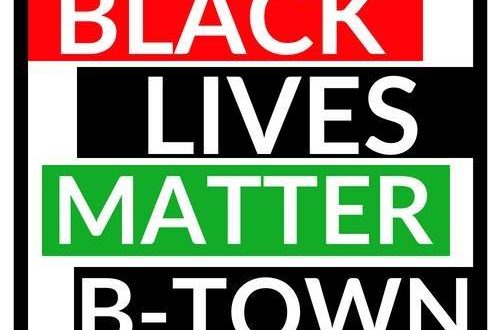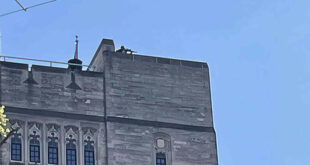Podcast: Play in new window | Download (Duration: 6:21 — 5.6MB)
This week celebrates the birthday of Martin Luther King Junior. King fought tirelessly against racial segregation and discrimination in the 1950s and 60s. Fifty-two years after King’s death, a study by the Pew Center for People in the Press shows the United States still suffers from racial inequality. Rasha Kamhawi looks at how Bloomington remembers his legacy.
In a national study conducted early last year 58% of respondents described race relations in the U.S. as generally bad.
Indiana has had its fair share of racially motivated crimes last year. One event which made national news is the standoff at the Bloomington farmers market between protestors and a vendor who is a member of a movement that many designate as a white supremacist organization. The city which runs the market refused to remove the vendor stating it would be a violation of the First Amendment, to remove a vendor because of her personal beliefs. As expected, the situation escalated to a crisis point. The ensuing protests led to the city suspending the market for a couple of weeks. The city is now considering updating the farmers market handbook to include language that would basically not allow protesting at the farmers market.
WFHB interviewed three members of the core council of Bloomington’s Black Lives Matter movement. They point to a major obstacle to end racism, the same obstacle Martin Luther King referred to in an open letter from inside his jail. The obstacle is when members of a community are more devoted to maintaining order than obtaining justice.
The Black Lives Matter Movement came out of protests in 2013 for the acquittal of the killer of Trayvon Martin. Martin, who was 17 years old, was shot in Florida when he was deemed suspicious by a neighborhood watch member. Since then, the Black Lives Matter movement has been protesting against the violence and systematic racism towards black people. Bloomington’s Black Live Matter movement has the same goals.
A 2018 report commissioned by the Monroe County Branch of the NAACP and Unitarian Universalist Church of Bloomington, compiling years of police data, states that black people were dramatically overrepresented in Monroe County’s jail. For example in 2017, black people made up 3.6% of the county population while they made up 15.7% of the jail population. Similar levels of disparity were found in previous years examined going back to 1997.
There are areas where Bloomington has fallen short as have the rest of the nation .
The City of Bloomington and Indiana University planned a week of events celebrating Martin Luther King Jr. Day.
 WFHB Bloomington Community Radio
WFHB Bloomington Community Radio


